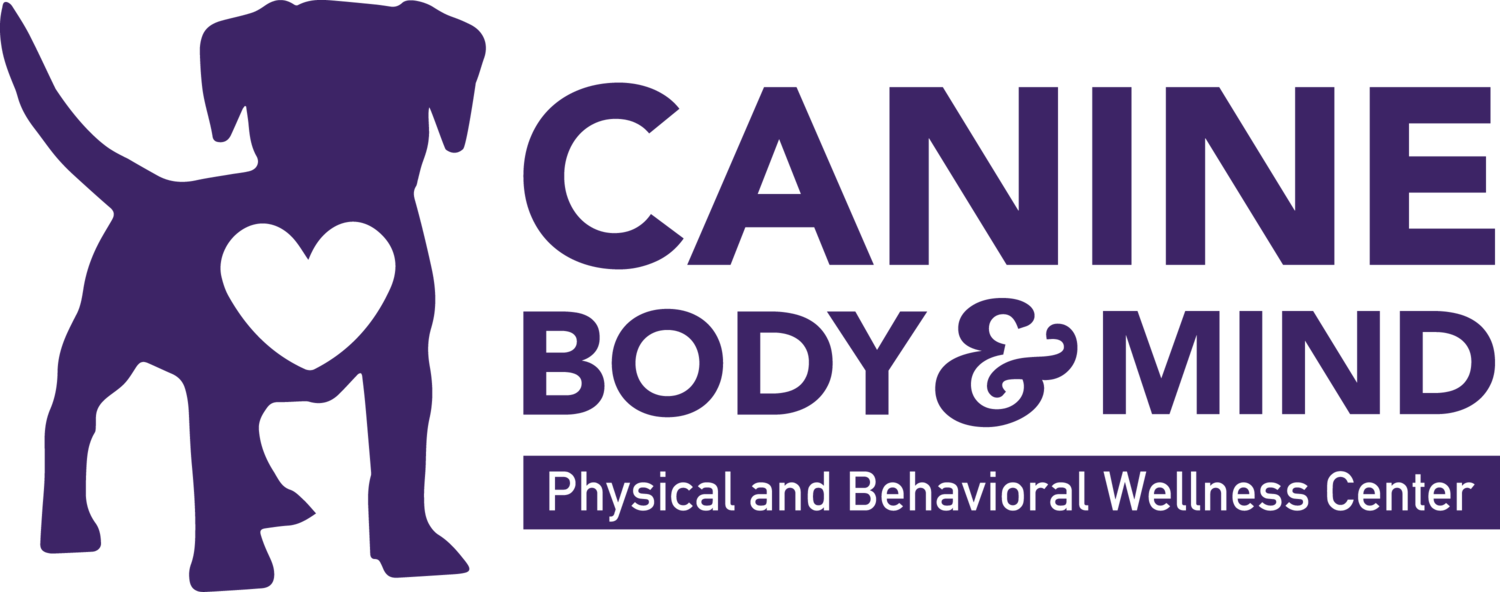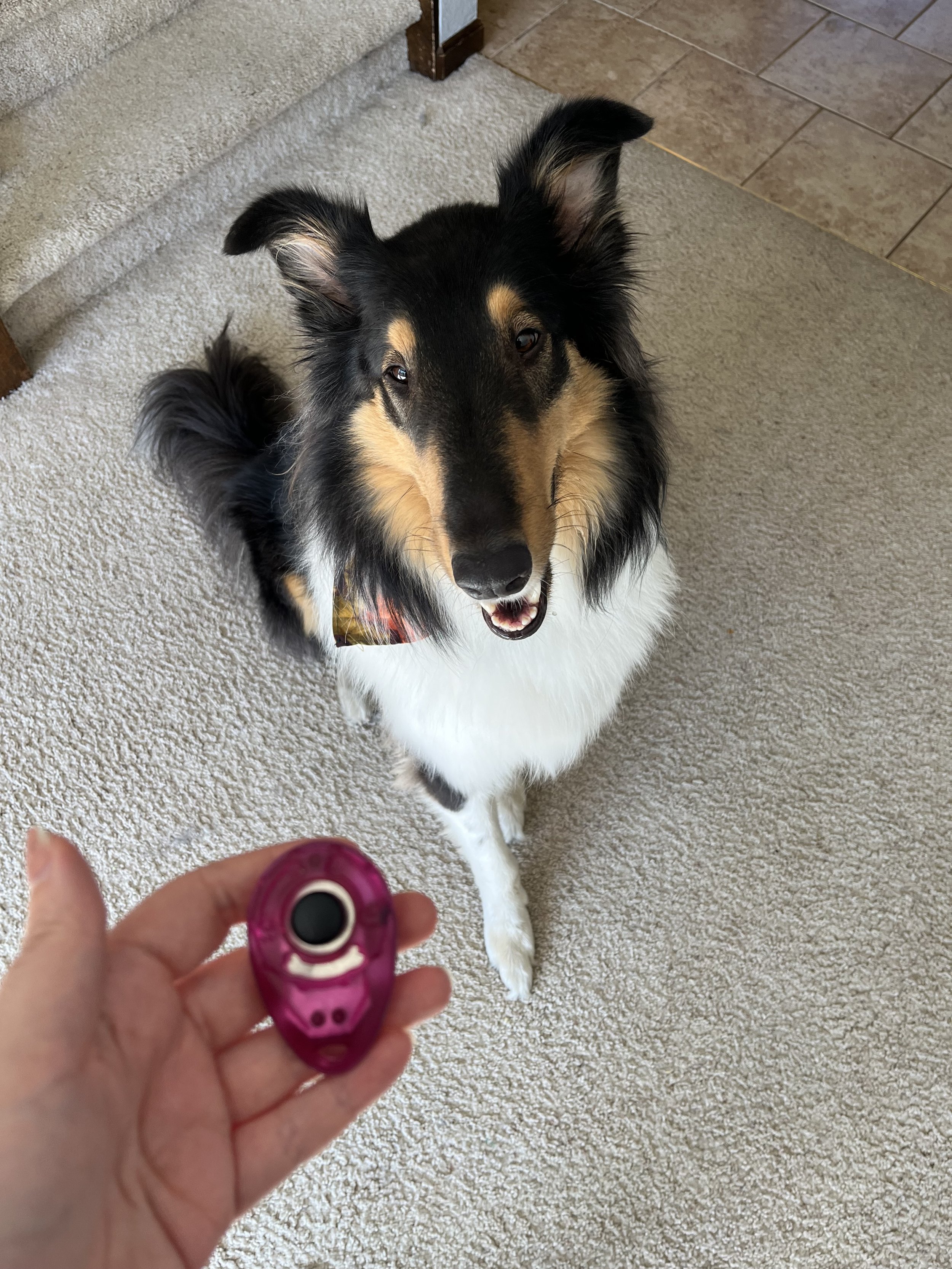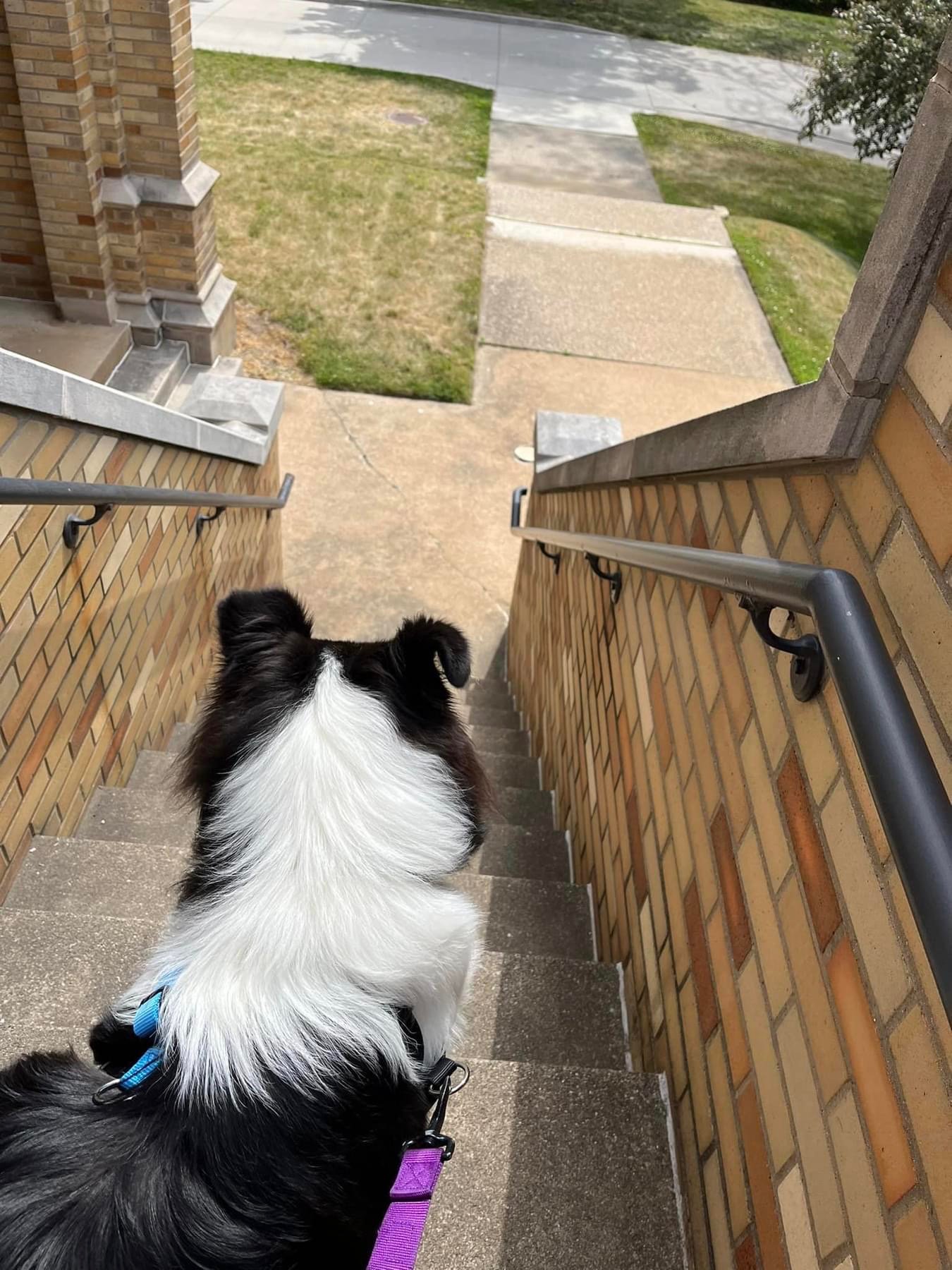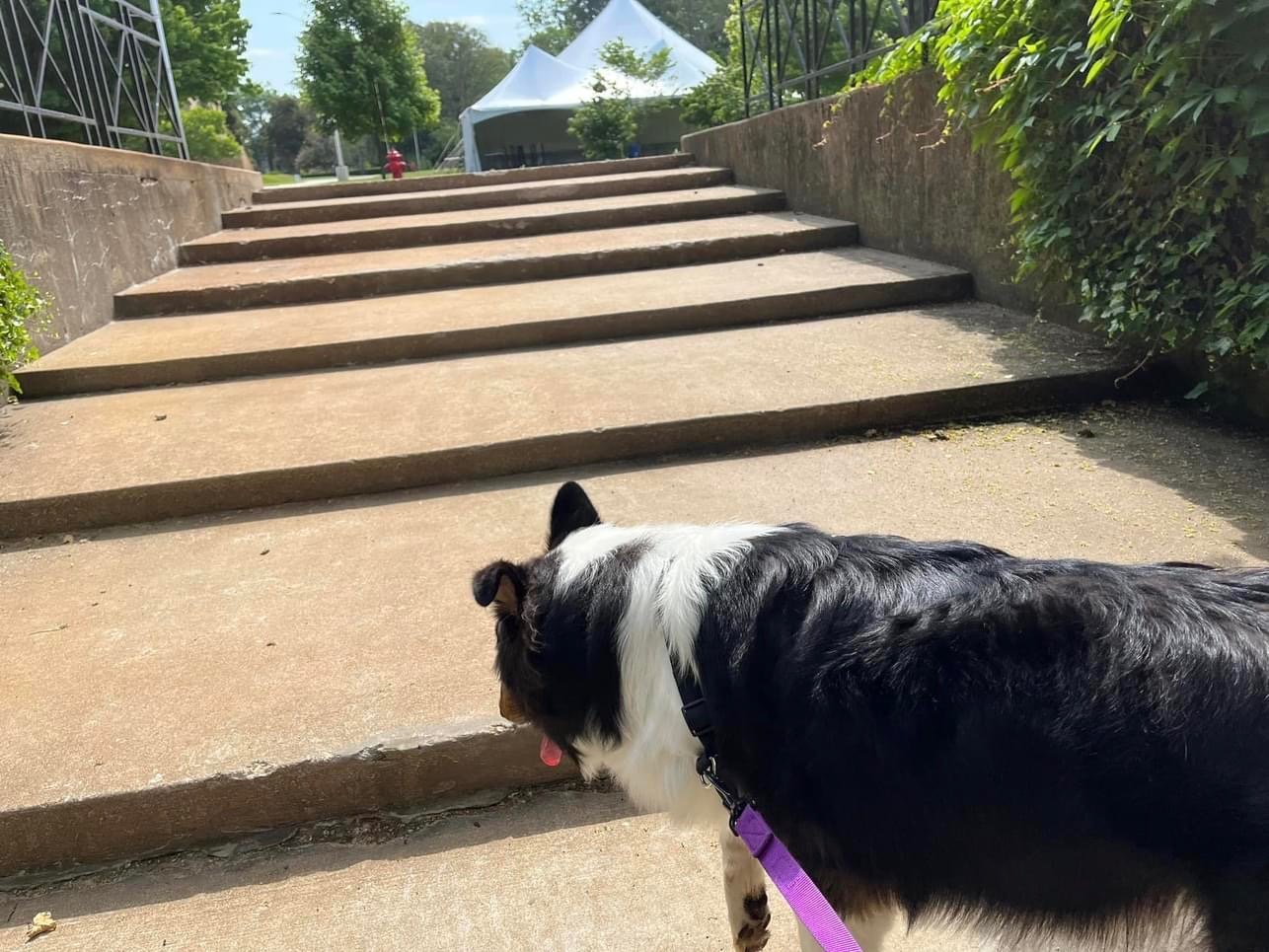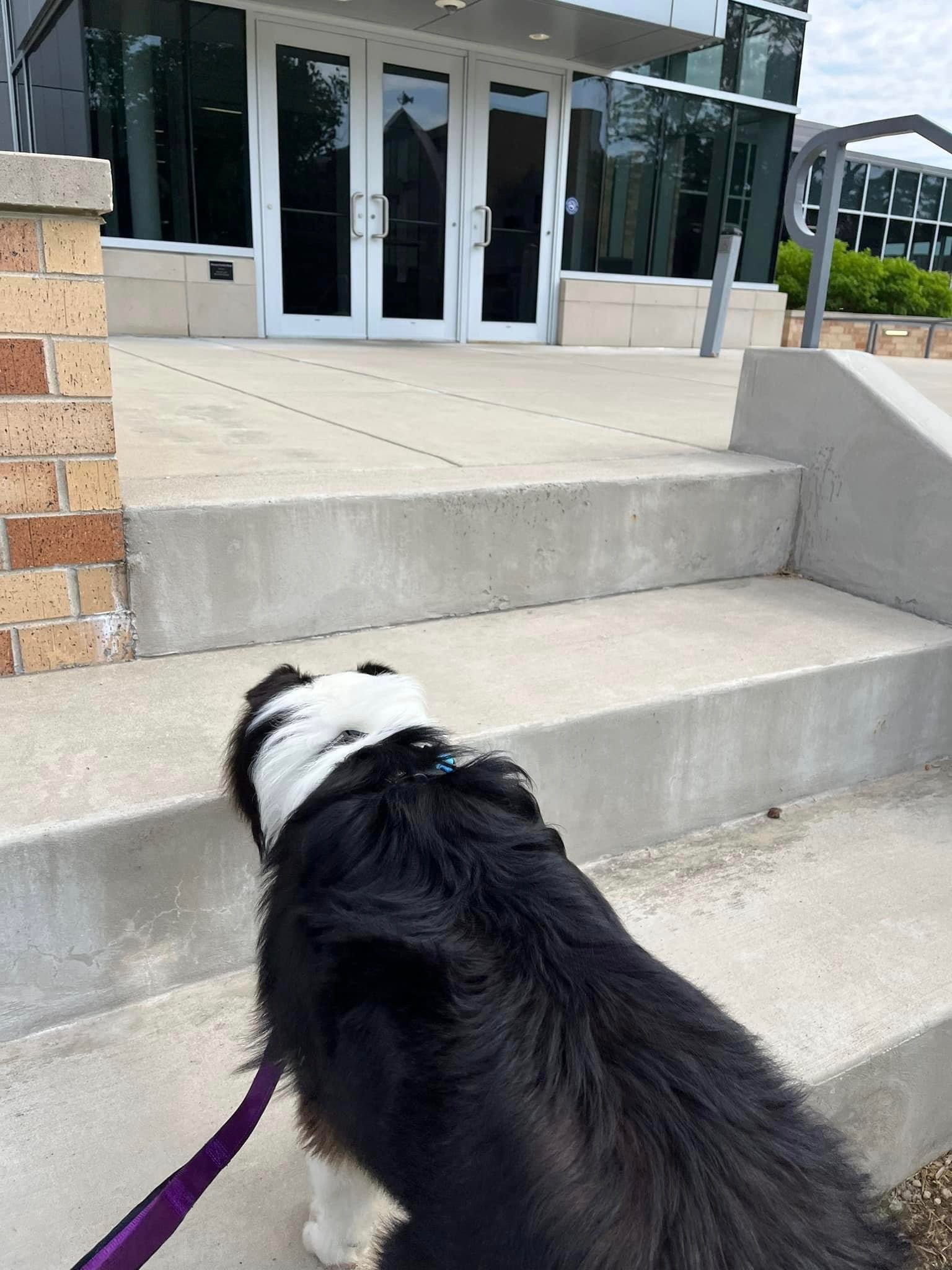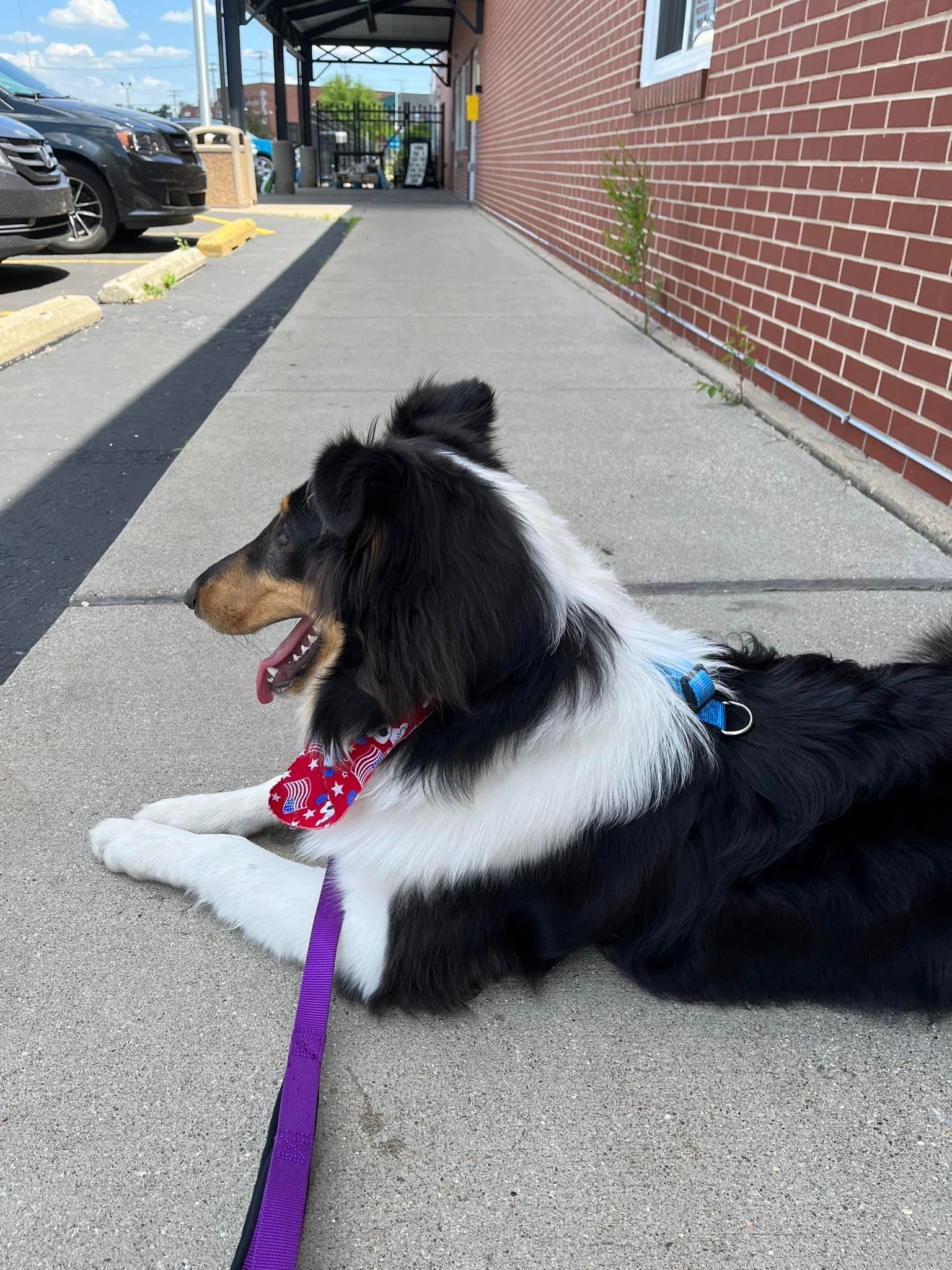Training Tips
Have a listen to our 30 second training tips that aired on U93 radio. We have tips on all sorts of topics.
Be Positive!
Hi, its Dr. Belock. We know from basic psychology that behaviors that are reinforced are more likely to be offered in the future. Rather than setting your dog up to fail and then punishing them, set your dog up for success, catch them doing the right thing and pay for it with a reward. By doing so you will be teaching your dog what you want them to do, instead of just telling them what you don't want without any clear information about what they should be doing instead. That's training that is inspired by kindness and informed by science!
Markers
Hi, it’s Dr. Belock. A marker is a distinct sound, (click) or word (yes) that is paired with a food reward such that when the dog hears the marker they know a food reward will follow. The marker is used to identify to the dog which behaviors earn them the reward. You click the instant the dog does the desired behavior, they know a treat is coming and they now know it is tied to the behavior they were doing when they received the mark. This provides clarity, buys time to deliver the reward and results in faster learning. That's training that is inspired by kindness and informed by science!
Trouble Training? 4 Tips to Build Food Motivation in Dogs!
Do you have a dog that isn't very food motivated? Here are 4 tips to help build motivation for food & treats so that you can utilize them in training.
1. Know your dog's preferences.
Every dog is an individual and they each have their own likes and dislikes when it comes to food. In order to use food/treats as a training reward your dog has to like and want what you are offering. If they do not seem very food motivated it may because they just don't like what you have. In general, real meat or cheese will be considered high value but it may be worth holding a treat tournament where you pair off treats against each other to determine your dog's preferences. Check out this worksheet from Instinct Dog Behavior & Training NYC. https://www.instinctdogtraining.com/wp-content/uploads/2020/09/Instinct-Treat-Tournament-Worksheet.pdf?mc_cid=57111199b0&mc_eid=UNIQID
2. Ditch the dog bowl.
Often dogs are not motivated to take treats during training because they have free access to food at home and basically are never hungry. Start to use your dog's meal as a training opportunity. Measure out what you would normally just dump into their bowl and use that as training rewards for simple known behaviors. Many dogs are over fed so you may need to skip a meal at first to really build incentive to take the food from you.
3. Start in low distraction environments.
Many dogs who are expereincing fear, anxiety or stress will refuse food. Often people perceive that their dog is not food motivated when this happens but when their dog relaxes they start eating. One way to reduce fear, anxiety and stress during training is to minimize the distractions around the dog. Try practicing inside your home first then greadually move into new envirnments with increasingly difficult levels of distrations. Your goal in these new environments is simply to establish eating as a behavior, so don't even add the requirment of performing a specific cued behavior at first. Just see if you can get them eating because that may be hard enough!
4. Consider changing your treat delivery method.
Some dogs that are fearful/shy may be uncomfortable with hands reaching over/toward them and/or uncomfortable with a person leaning over them. Consider tossing the treats, placing them on the floor or offering them in an open palm.
Stairs Desensitization and Counter Conditioning - Take It One Step at a Time
Today we worked on stairs. Scout came from a single story home and is afraid to climb the stairs to our second floor. So we set out today in search of stairs of all types to practice. Campus provided lots of great opportunities with stairs that had different numbers of steps and various widths and heights, open and enclosed. He did really well with most of them but was hesitant with the narrow, enclosed steps (which is just like the staircase at home). He was able to have some success with them though. We will continue to work on this regularly.
Crate Training Practice
Crate training practice. Scout is hesitant to go into his crate and displayed some distress being left in it so we opened up all the doors and played with his squeaky toy in the crate for a bit. Once he was entering it comfortably he got a stuffed kong and he settled on his own to work on it. It’s tempting to shut the doors but that would just violate his trust and confidence at this stage so we will feed a few meals this way.
Puppy Socialization - A New Positive Experience Each Day
Our goal is to provide a new positive experience every day as we work on puppy socialization.
Scout loves people and gets very excited (pulling and whining) when he sees them. Too excited to try entering the store.
So today we worked on watching people enter and exit the store from a distance where he could be calm enough to take treats, orient toward me in response to his name and eventually settle in a sit or down position. We gradually worked closer to the front doors.
We strive for errorless learning in puppy and dog training. That means we only want good reps and positive experiences. Sometimes this means taking things slower so we can manage the environment and the dog’s experience. Puppy socialization does not mean forcing your dog through as many situations as possible. Bad reps or negative experiences (like allowing Scout to pull and whine in the store) actually set training back farther by allowing your dog to “practice” unwanted behaviors. By taking our time observing and responding to Scout’s behavior, we can gradually increase proximity outside so that our first step in the store will be happy and calm.
Can A Veterinarian Just Call In Meds Without Seeing My Dog?
Are you worried about not being able to get in to be seen by a vet when your dog needs it?
The veterinary industry is very overwhelmed. Help us help you by scheduling a New Patient Wellness Visit and getting your dog established with us so that you can take advantage of our TELEMED SERVICE. Once we have seen your dog for a physical exam we can call in medications for minor illnesses/injuries on a case by case basis as appropriate. That way, even if you can't be seen right away (here or elsewhere) we can at least get some treatment started. If your dog is not an established patient with us, by law, we cannot call in meds for you. PLEASE take advantage of this so that your dog can get prompt care when they need it. Even if you typically take your dog elsewhere for vet care YOU CAN BE ESTABLISHED AT MULTIPLE CLINICS. We can email records to your primary vet, if you would like, to maintain continuity of care for your dog.
You can self schedule a New Patient Wellness Visit at your convenience with the link below.
$40 Rabies Vaccine Clinic May 10, 2023
To help protect your dog and our community, Canine Body and Mind is hosting a $40 Rabies Vaccine Clinic May 10, 2023 at our canine veterinary clinic in Granger, Indiana.
In keeping with our low-stress approach to veterinary care, our $40 Rabies Vaccine Clinic is for dogs and by appointment only (no walk-ins).
According to the AVMA, “Rabies remains a major concern worldwide, killing tens of thousands of people every year. In the United States, it's not unusual for one to two people to die annually. Among animals, there were nearly 4,500 reported cases of rabies in the U.S. in 2020.”
The good news? The AVMA says rabies is 100% preventable. So what should you do? Vaccinate your dogs and keep them away from wildlife that can spread the disease.
Primary rabies prevention efforts in the US “impact over 4 million bite victims annually and are estimated to prevent more than $1 billion in healthcare-associated costs.” Do your part to keep our communities safe from rabies. Get your dog vaccinated at our $40 Rabies Clinic on May 10.
Learn more from Journal of the American Veterinary Medical Association - JAVMA “Rabies surveillance in the United States during 2021”
